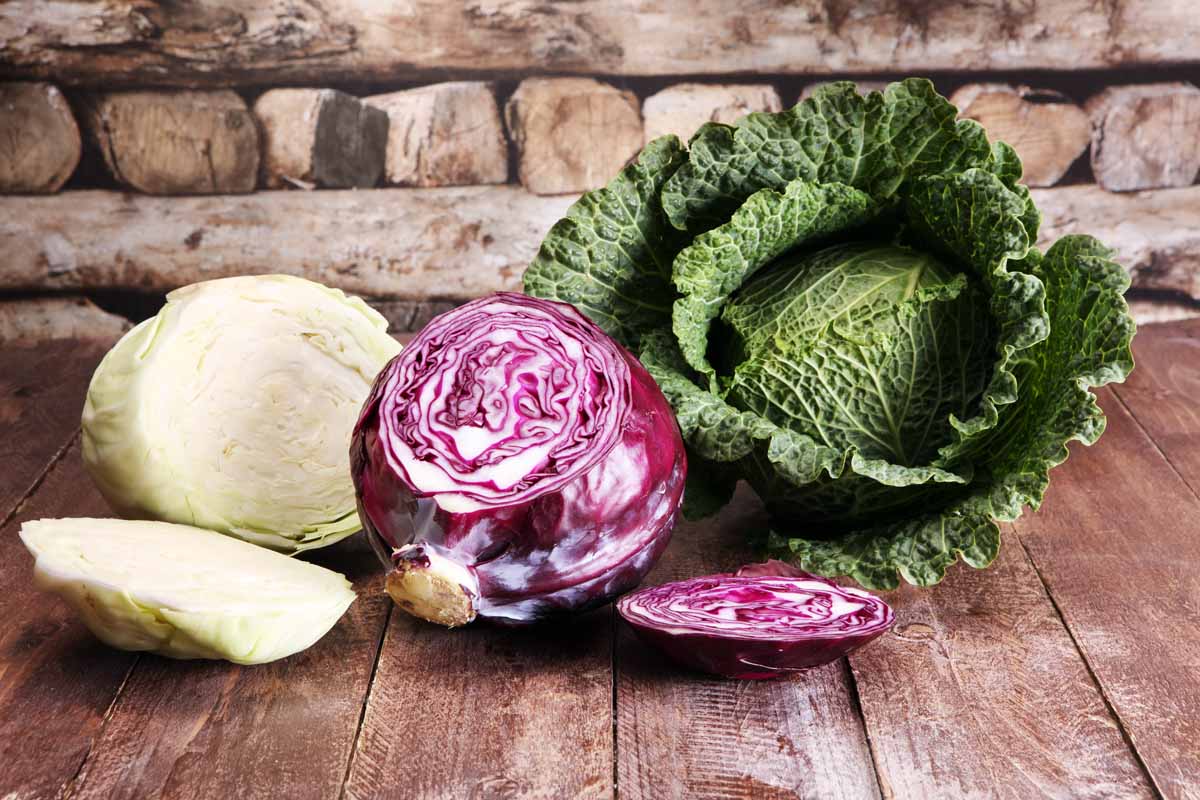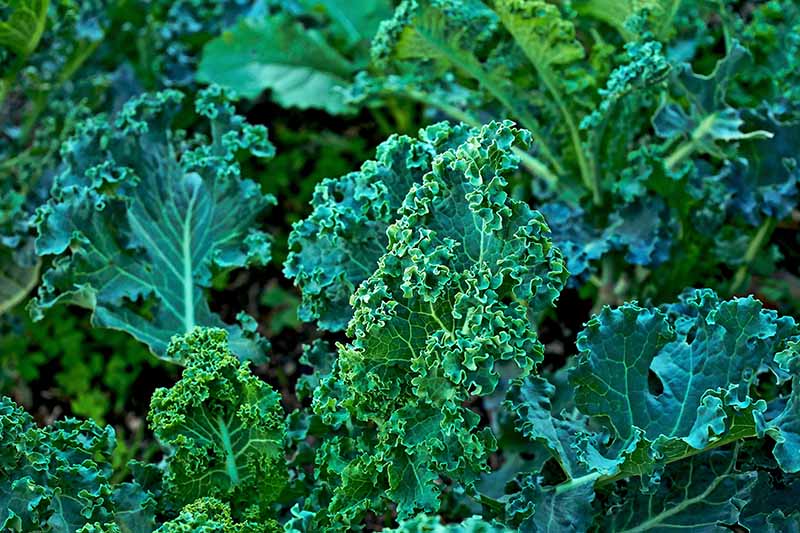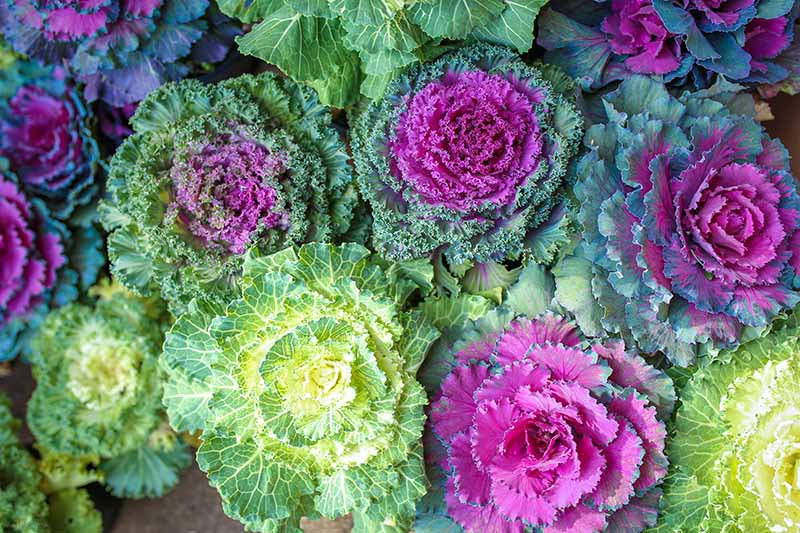How Nutritious Is Raw Kale?
Often labeled as a superfood, kale is a trendy leafy green that’s found in everything from salads and grain bowls to smoothies and juices. But how nutritious is raw kale actually, and are there any potential downsides to eating it? Read more about the potential health benefits of eating raw kale now.



